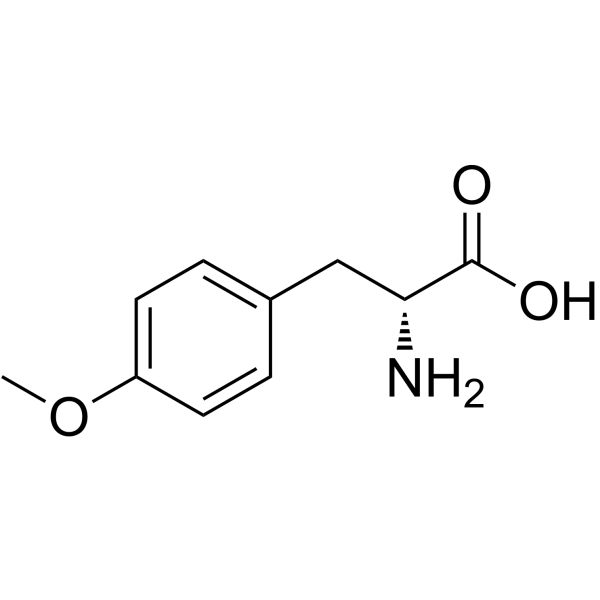| 结构式 | 名称/CAS号 | 全部文献 |
|---|---|---|
 |
O-甲基-D-酪氨酸
CAS:39878-65-4 |
|
 |
O-甲基-L-酪氨酸
CAS:6230-11-1 |